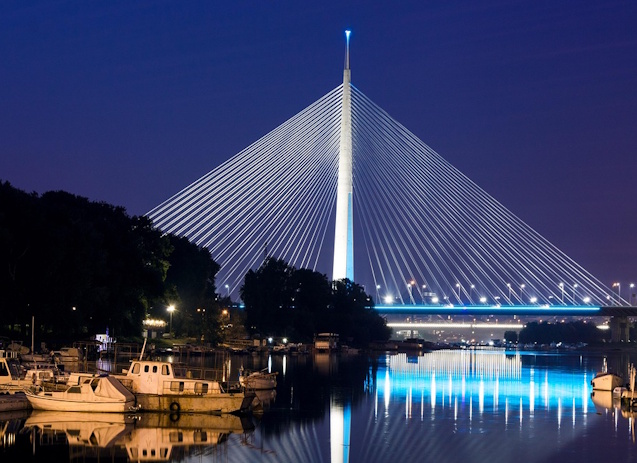Serbia vs Croatia: A Comprehensive Comparison
1. Introduction
Serbia and Croatia are two neighboring countries in the Balkans with a shared history but distinct cultural and economic paths. Serbia, a landlocked nation, has a growing economy and a lower cost of living, while Croatia, with its stunning Adriatic coastline, is a major tourist hotspot and a member of the European Union (EU). This comparison will highlight key differences in lifestyle, economy, opportunities, and culture.
2. Geographical Overview
- Serbia: Covers 88,361 km², a landlocked country with diverse landscapes including mountains, fertile plains, and rivers.
- Croatia: Covers 56,594 km², known for its beautiful coastline along the Adriatic Sea, with over 1,200 islands and a mix of mountains and plains.
3. Key Comparison Table
| Factor | Serbia | Croatia |
|---|---|---|
| Location | Southeast Europe (Balkans) | Southeast Europe (Balkans) |
| Size (km²) | 88,361 km² | 56,594 km² |
| Population | 6.7 million | 3.8 million |
| GDP (Nominal) | $76 billion | $82 billion |
| GDP Per Capita | $11,000 | $21,000 |
| Cost of Living Index | Lower | Higher |
| Average Salary | $10,000 | $18,000 |
| Life Expectancy | 75 years | 78 years |
| Education Ranking | Developing system | Higher-ranked universities |
| Crime Index | Moderate | Low |
| Healthcare System | Public & Private mix | Public & Private mix |
4. Economic Comparison
- Croatia has a stronger economy, partly due to EU membership, tourism, and trade.
- Serbia has a growing economy, focused on manufacturing, agriculture, and IT, but wages remain lower than in Croatia.
- Cost of living: Serbia is cheaper overall, with lower rents, utilities, and food prices.
- Job market: Croatia has better job opportunities in tourism and services, but higher taxes and living costs.
5. Quality of Life
- Healthcare: Both countries have public and private healthcare systems, but Croatia’s system is better funded due to EU support.
- Education: Croatia has higher-ranked universities, while Serbia is investing in IT and engineering education.
- Safety: Croatia has a lower crime rate than Serbia, especially in major cities and tourist areas.
6. Culture and Society
- Languages: Both countries speak Serbo-Croatian, but with distinct accents and dialects.
- Work-Life Balance: Croatia has a more relaxed Mediterranean lifestyle, while Serbia has a fast-paced urban work culture.
- Social Attitude: Croatians tend to be more Western European in outlook, while Serbians have a strong Slavic cultural identity.
7. Pros and Cons
Pros of Living in Serbia:
✅ Lower cost of living than Croatia
✅ Growing tech and IT sector
✅ Rich cultural heritage and nightlife
Cons of Living in Serbia:
❌ Lower salaries and fewer job opportunities
❌ Not an EU member, limiting travel and trade
❌ Political instability and bureaucracy
Pros of Living in Croatia:
✅ EU membership, allowing visa-free travel and trade
✅ Beautiful coastline and strong tourism industry
✅ Higher wages and better public services
Cons of Living in Croatia:
❌ Higher cost of living
❌ Seasonal job market due to reliance on tourism
❌ Heavy taxation and bureaucracy
8. Conclusion
Both Serbia and Croatia offer unique advantages and challenges. If you are looking for a lower cost of living, an emerging economy, and a strong cultural identity, Serbia is the better choice. However, if you prefer EU membership benefits, higher wages, and a stunning Adriatic coastline, then Croatia might be the ideal destination.

